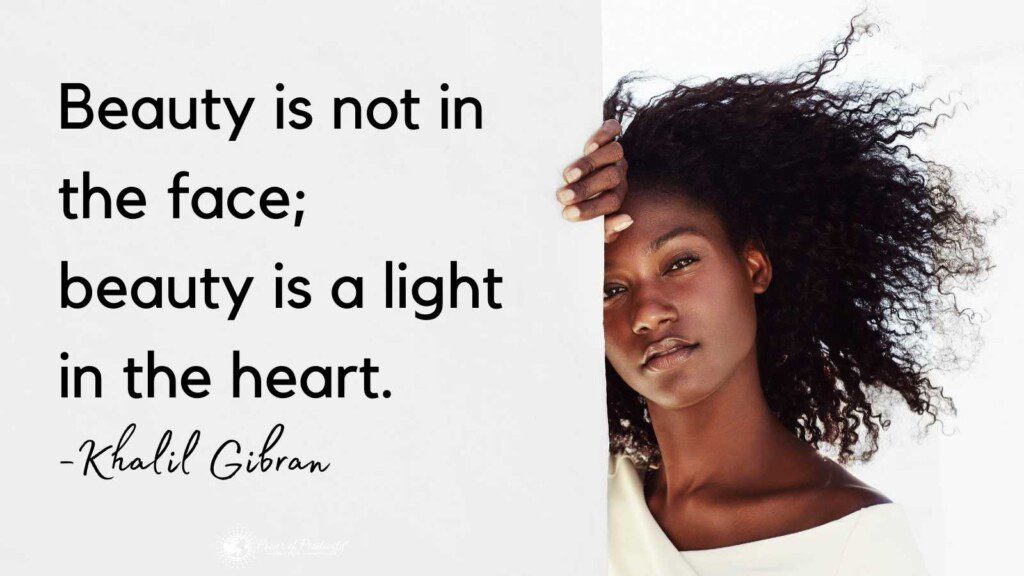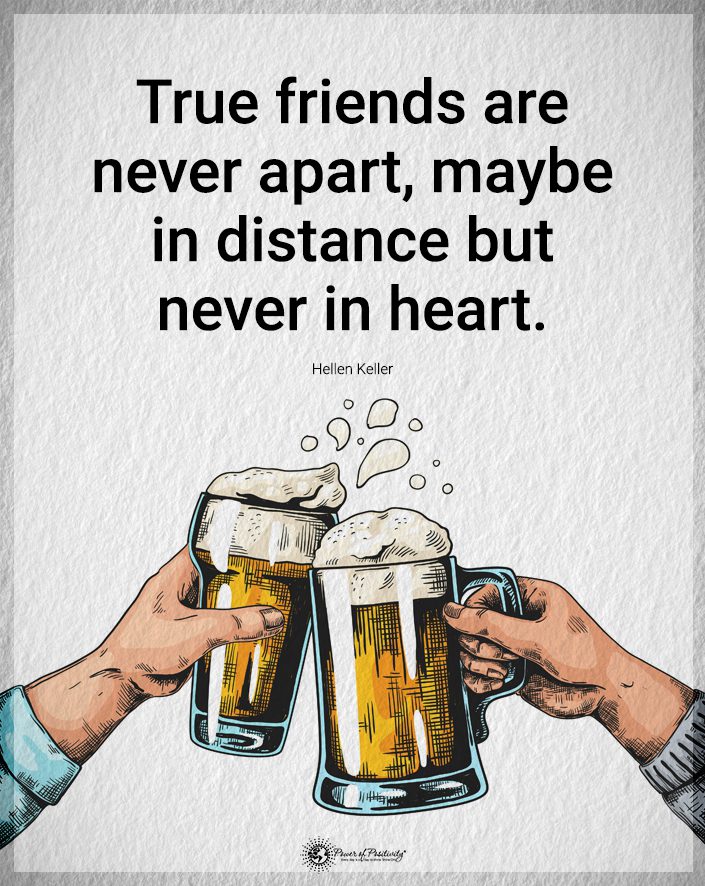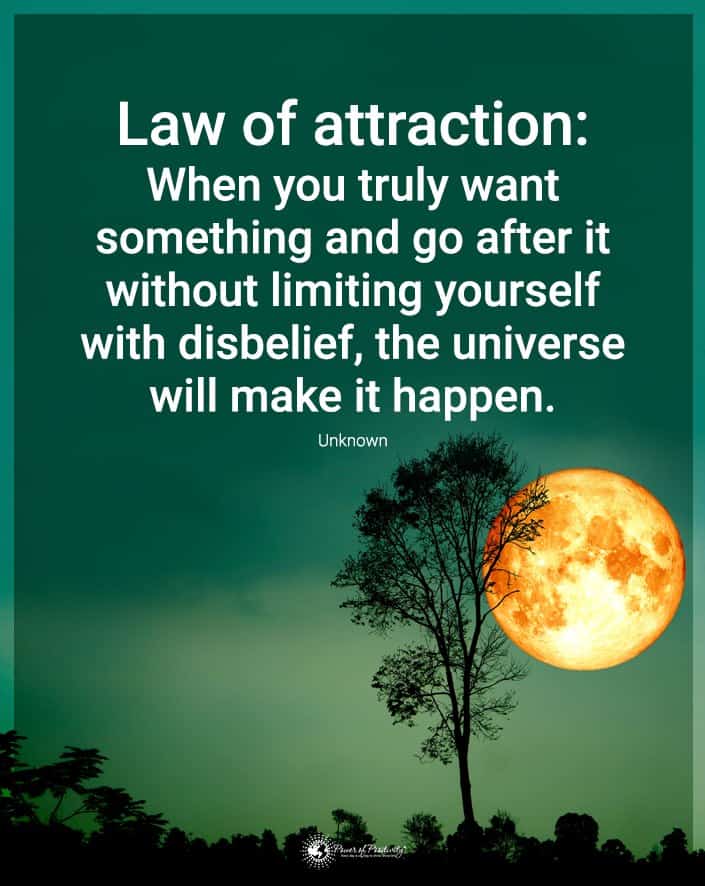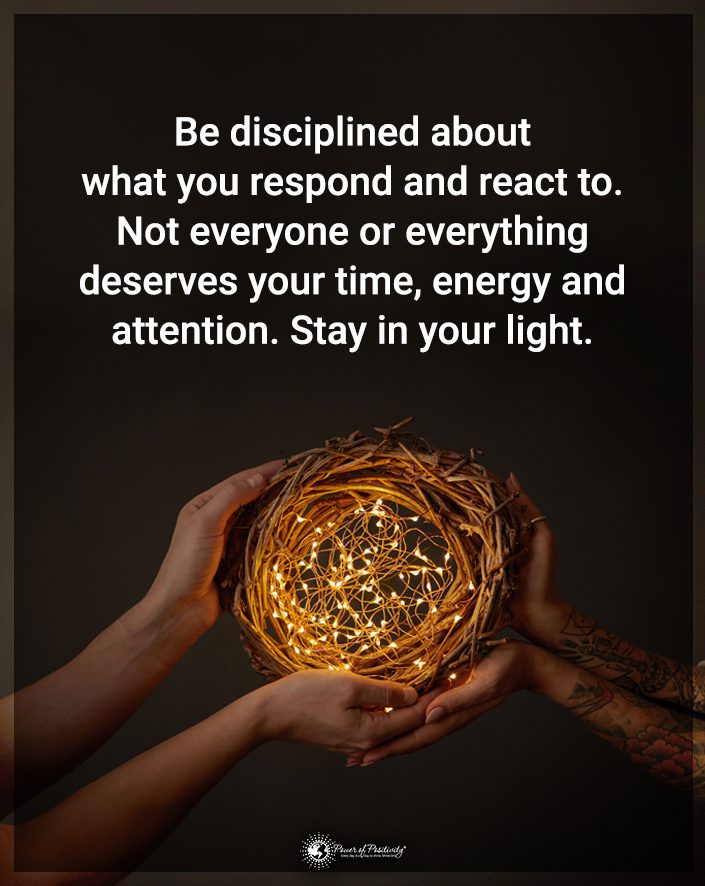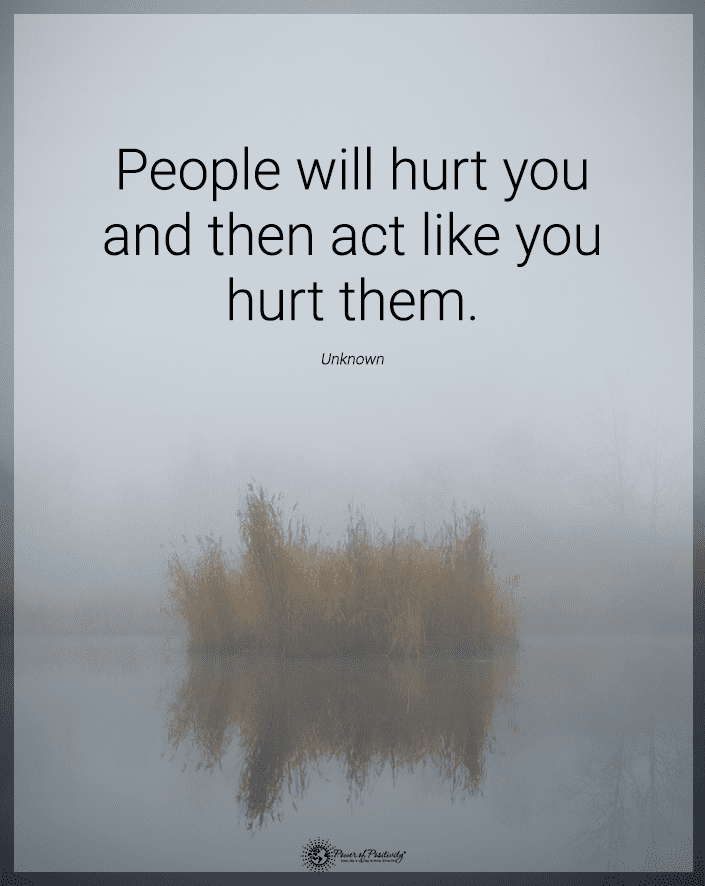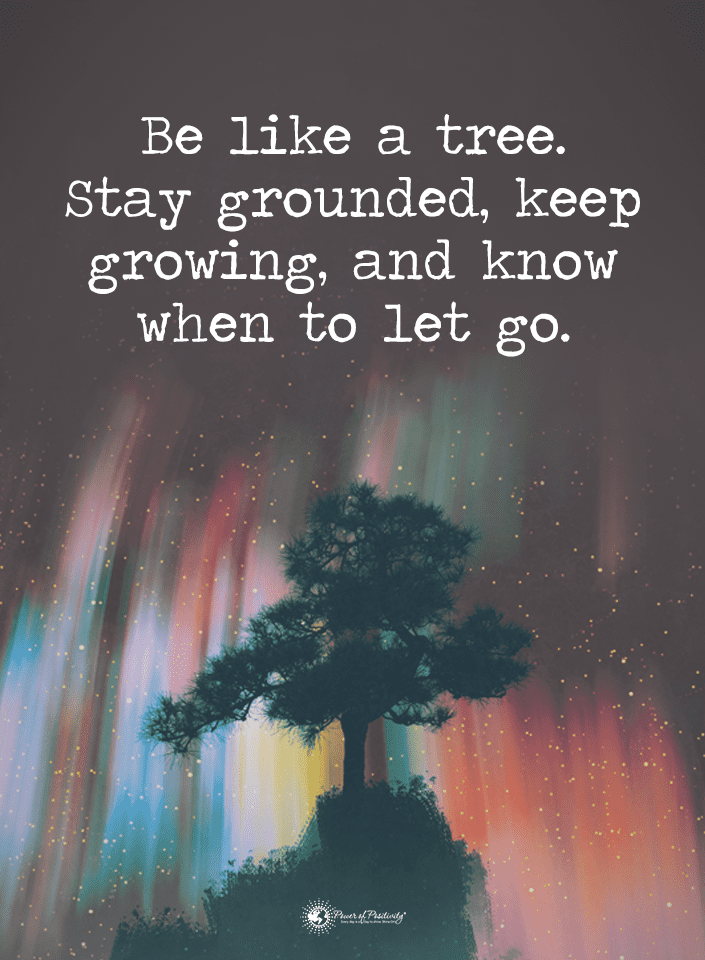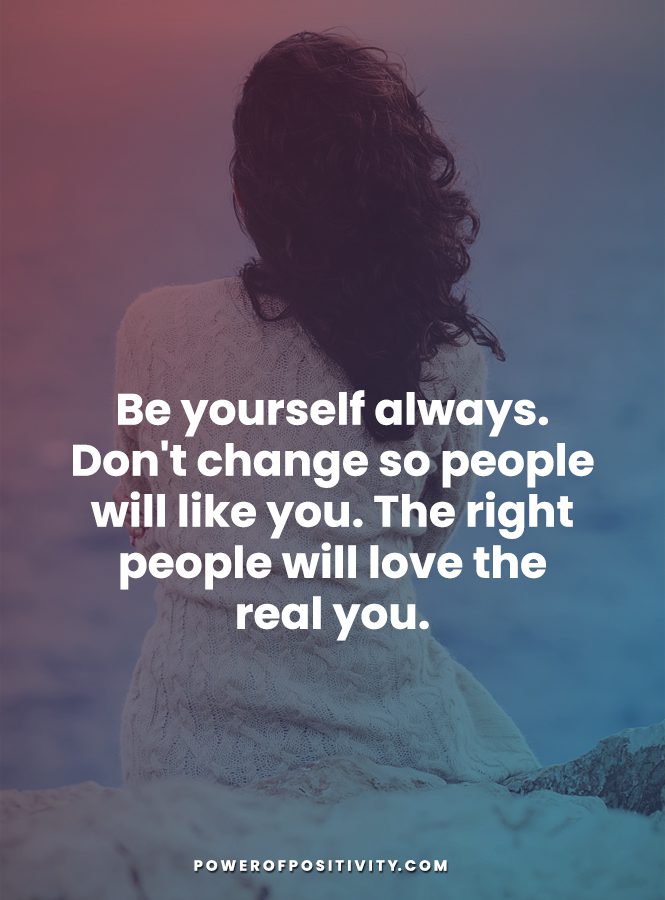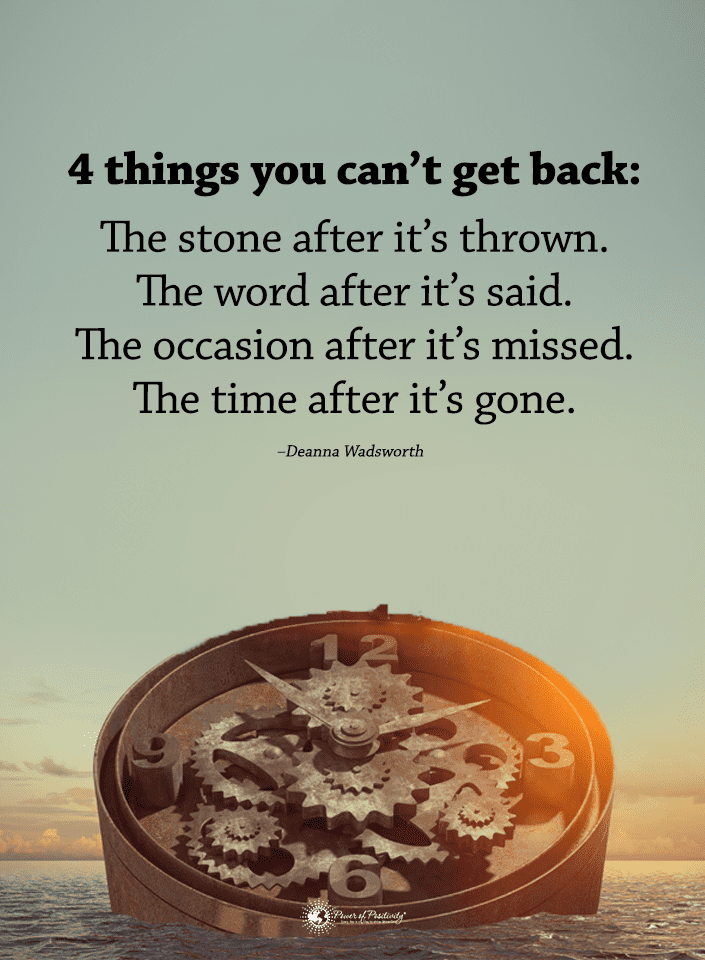Beauty queen proves again that beauty comes from kindness and self-confidence.
A remarkable contestant has walked the runway to challenge the world’s traditional beauty standards. Indeed, it was a historic first for the Miss Universe pageant. At the age of 22, Miss Nepal has become an icon and champion for plus-sized bodies. At the pageant, Miss Nepal proudly showed incredible self-confidences while showing off her plus-sized figure on the global stage.
This groundbreaking (and brave!) statement has garnered a mixed reaction from the public. Many openly supported her, expressing admiration for her beauty. Of course, others have been less supportive. Despite an onslaught of negativity and criticism, she has responded with refreshing honesty. She graciously opened up to share her journey and experiences.
Meet Jane Dipika Garrett (Miss Nepal)
Miss Nepal – Jane Dipika Garrett – expressed her surprise and gratitude for her significant progress after strutting her stuff in the November 2023 Miss Universe competition. As someone who aspired to be a model, Garrett had previously struggled with low self-esteem.
The positive feedback she received during the competition was a transformative experience. She even mentioned how all the loving comments affirmed her decision to embrace and celebrate her uniqueness.
Garrett reflected on her experience, noting her surprise at the applause she received on stage. She emphasized that her participation was primarily motivated by a desire to represent her country and women globally. Her goal was never to seek out personal accolades.
View this post on Instagram
Miss Nepal Opens up About Self-Confidence and Being a Plus-sized Beauty Queen
Garrett’s journey to the Miss Universe Pageant has not been without several challenges. She acknowledged receiving negative comments and criticisms from some individuals. She described the many online haters as hurtful and dismissive of her medical struggles.
Garrett revealed her battle with polycystic ovarian syndrome (PCOS). This condition leads to increased androgen levels in women and can cause weight gain, menstrual irregularities, acne, and excess hair growth. She shared how her recent weight gain, a symptom of PCOS, affected her mental health and self-esteem.
Determined to overcome these challenges, Garrett embarked on a journey towards self-acceptance and body positivity. Her confidence and radiance on the Miss Universe stage made a powerful statement and celebrated her successful journey towards embracing her body and identity.
Garrett’s participation in Miss Universe and her journey of self-acceptance highlights an important shift in the beauty pageant industry. Today, the pageant is moving towards a more inclusive and diverse representation of beauty.
View this post on Instagram
Other Big Beautiful Women With Great Self-Confidence
Garrett is one of the most recent examples of beauty coming from self-confidence.
Let’s broaden our perspectives. Acknowledging other plus-size beauties who have defied conventional size norms is important. They are role models for those who struggle with body image and acceptance.
These individuals have also faced their unique challenges but have risen above them to celebrate their beauty and promote body shape and size diversity. Let’s consider some other plus-sized beauties whose names you’ll probably recognize:
Ashley Graham
Ashley Graham is a renowned figure in the modeling industry, celebrated for her work as a plus-sized model. She has graced numerous high-profile fashion magazines and runways. Most of all, she broke through almost impenetrable barriers in the fashion world.
Graham’s advocacy for body positivity and inclusivity in fashion has made her an influential voice in her industry. She has used her enormous platform to challenge conventional beauty standards and encourage women of all sizes to embrace their bodies confidently.
Tess Holliday
Tess Holliday is another influential plus-sized model and body positivity advocate. Known for her distinctive tattoos and bold style, Holliday has been featured in a variety of major publications.
She made history as one of the first size 22 models to sign with a major modeling agency. Her message consistently centers around the importance of self-confidence challenging societal norms regarding beauty and size.
Lizzo
Lizzo, a multi-talented musician and entertainer, is celebrated not just for her musical prowess but also for her body positivity activism. She confidently showcases her plus-sized figure, both on stage and in her music videos. Her message to fans is clear: to love themselves in all their diversity.
Lizzo’s impact transcends music. She has also become a symbol of self-love and acceptance for many, particularly in the music industry, which is often criticized for its narrow beauty standards.
Queen Latifah
Queen Latifah is quite an accomplished actress, singer, and producer. For decades, she has long served as an icon of plus-size beauty in the entertainment industry. Her influence is so great that she even earned the name “Hip Hop’s First Lady.”
She has consistently advocated for more diverse beauty standards in Hollywood and music. Her confidence and talent have led the way for more representation of diverse body types in film and television, making her a trailblazer and an inspiration for many.
Adele
Adele might be thin today. But she was a plus-sized songbird when she broke into the notably competitive music industry. The globally renowned singer and songwriter has also been admired for her talent and beauty as a plus-sized woman.
Although her career has been primarily focused on her musical achievements, her presence, and style have also contributed to a broader conversation about body image in the entertainment industry.
Adele’s journey, including her public discussions about body image, weight, and self-acceptance, has helped her legions of fans worldwide grow in acceptance of their own bodies.
These individuals represent a broader movement toward embracing diversity in body types across various industries. Their successes and advocacy have significantly challenged traditional beauty standards and promoted a more inclusive definition of beauty.

Final Thoughts: Miss Nepal Inspires Self-Confidence and Body Positivity
We live in a time when social media influences conversations and dictates style. Hateful comments go viral with a few unkind swipes and clicks, making many people feel “less-than” due to their body size or appearance.
Miss Nepal showed up on a runway to compete, knowing that she defied the “norms” of the pageant industry. She handled the online trolls with great dignity and called awareness to PCOS, a condition impacting women all around the world.
Miss Nepal proves that while beauty may be present on the outside (and she is certainly a stunner), it’s what is inside your heart that really matters.

